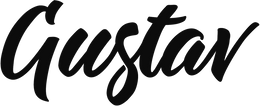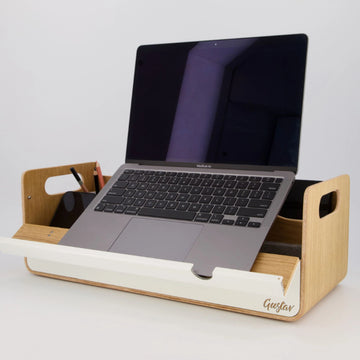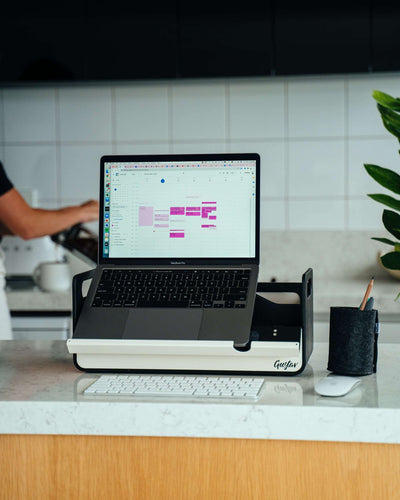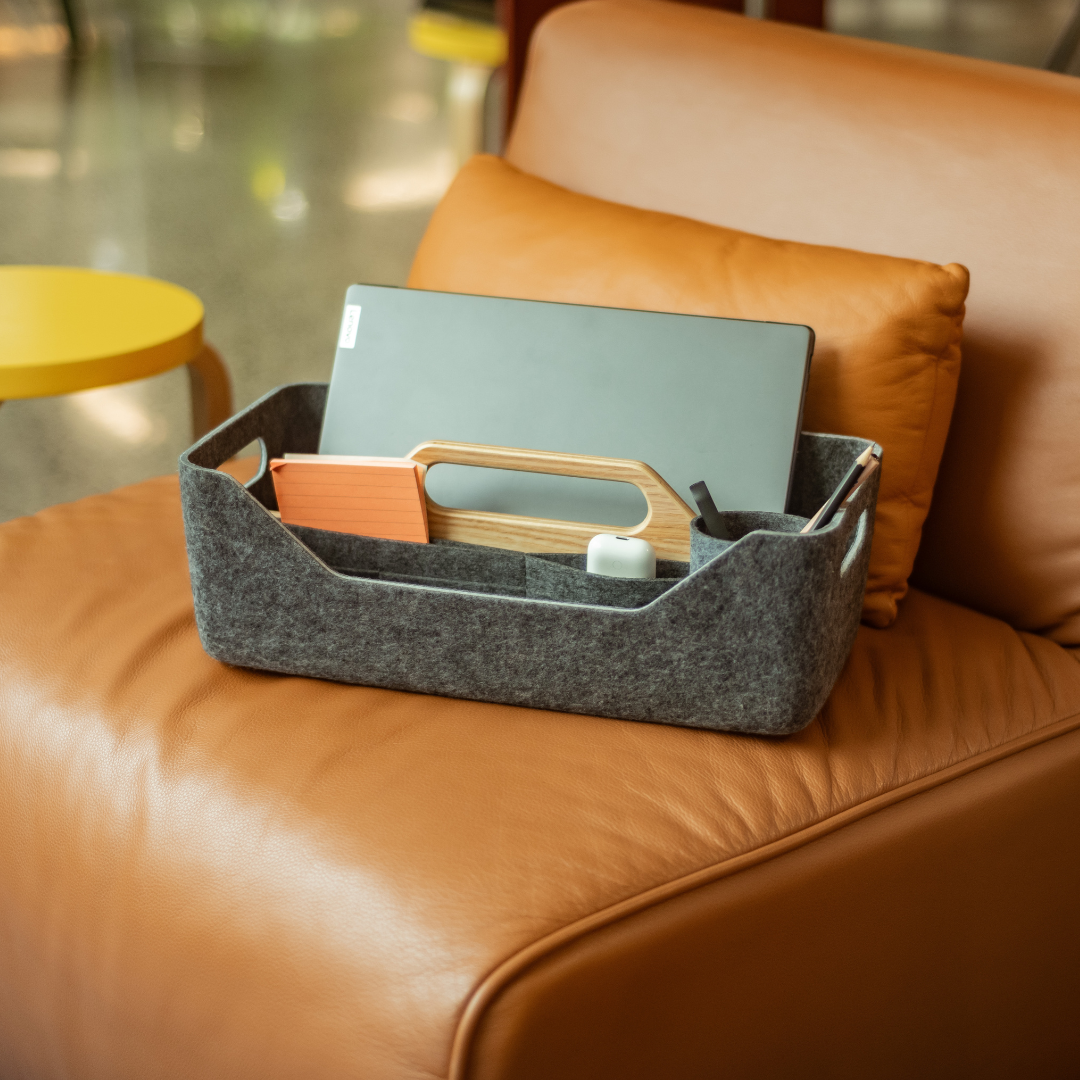Nouveau travail - une tendance ou la nouvelle norme ?

Une mégatendance, connue sous le nom de « New Work », déferle sur le monde du travail, annonçant l’aube d’une nouvelle ère dans le monde du travail. Ce blog décrira ce qui se cache derrière ce concept et comment il peut être mis en pratique.
Définition : Nouvelle œuvre selon Frithjof Bergmann
Le philosophe social Frithjof Bergmann a inventé le terme « Nouveau travail » pour évoquer le changement fondamental qui s’opère actuellement dans le monde du travail. En un mot, l’idée est de ne plus considérer le travail comme un simple moyen pour parvenir à une fin, mais de se concentrer sur les salariés et leurs besoins.
Cela implique de mettre davantage l'accent sur le sens du travail, ainsi que de mettre au premier plan la flexibilité personnelle, le développement du potentiel, plus de liberté, un travail agile et un bon équilibre entre vie professionnelle et vie privée.
Nouveau travail : Le besoin de nouveaux modèles de travail
Même avant le Covid, beaucoup de choses changeaient dans le monde du travail. En raison de l’augmentation des possibilités technologiques, de la numérisation et de l’évolution des besoins des collaborateurs, de nombreux changements avaient déjà eu lieu.
Cependant, la pandémie a contribué à accélérer ce changement ; Les bureaux à domicile sont soudainement passés d'un créneau agréable à devenir le sujet numéro un dans de nombreuses entreprises (avec bien sûr les mesures de sécurité pour aider à contrôler le virus).
Soudain, des choses sont devenues possibles que la plupart d’entre nous n’avaient jamais vues auparavant : le travail à domicile, les réunions en ligne, le travail hybride et bien plus encore. C’est pourquoi de nombreuses entreprises réfléchissent désormais à la manière de concevoir au mieux le lieu de travail du futur. Cela nécessite de nouveaux modèles de travail qui permettent plus de flexibilité et une adaptation rapide aux changements. Et c’est exactement là qu’intervient l’idée de « New Work ».
Nouveau travail : Comment fonctionne la mégatendance ?
Selon Frithjof Bergmann, le New Work ne représente pas un modèle de travail spécifique, mais plutôt un terme générique désignant le changement structurel dans le monde du travail qui offre un espace pour des approches centrées sur les personnes et orientées vers l'avenir. Il n’y a pas de recette toute faite : tout ce qu’il faut, c’est un état d’esprit ouvert et le courage de changer.
Il s’agit de se demander quelles structures, modèles et approches ont fait leur temps et où il est temps d’adopter des approches plus modernes. Un changement structurel est en train de se produire dans le monde du travail dans son ensemble, et il faut en tenir compte. Les facteurs de succès de New Work sont un nouvel état d'esprit qui permet à une entreprise de rester prête pour l'avenir, des méthodes de travail modernes, un style de leadership correspondant et une forme de coopération productive.

Nouveau travail dans l'entreprise : voici à quoi ressemble la pratique
En pratique, le concept New Work peut être mis en œuvre de différentes manières dans une entreprise. Voici 5 concepts qui peuvent apporter le changement nécessaire dans le fonctionnement d’une entreprise :
Plus de flexibilité dans le travail quotidien
Nous sommes tous en train de changer. Cela affecte aussi bien les personnes que les entreprises ou les conditions générales dans lesquelles nous opérons dans le monde du travail. La gestion du changement est un terme central dans les cercles de gestion depuis des décennies - et pour cause : ceux qui veulent réussir dans le monde d'aujourd'hui en constante évolution doivent être flexibles et s'adapter constamment aux nouvelles circonstances.
Les salariés évoluent également : pour beaucoup, l'objectif de faire carrière n'est plus aussi important que, par exemple, un bon équilibre entre vie professionnelle et vie privée. Cela nécessite des horaires de travail plus flexibles, mais aussi plus de liberté pour organiser soi-même son travail.
Dans ce contexte, ce que l’on appelle le « travail de confiance » joue un rôle important. Il s’agit moins de la durée de présence d’un employé dans l’entreprise que de l’accomplissement des tâches convenues.
Culture de leadership démocratique
La gestion descendante appartient au passé ; l’avenir du leadership réside dans des approches plus démocratiques. Concrètement, cela signifie que les collaborateurs sont impliqués dans les processus de prise de décision et ont la possibilité de donner leur avis.
Cela représente un abandon des styles de leadership fondés sur l’État de droit et la « ligne de mire » pour se tourner vers un modèle commercial dans lequel les employés sont encouragés à s’impliquer. La raison en est claire : quiconque se sent comme un membre précieux de l’entreprise fait preuve de plus d’engagement, est plus productif et aborde son travail avec plus de motivation.
Méthodes de travail agiles
Les hiérarchies rigides sont obsolètes. Quiconque souhaite réagir rapidement et de manière flexible aux changements et obtenir de meilleurs résultats s'appuie avant tout sur une bonne coopération, des canaux de décision courts et la capacité d'agir rapidement, ainsi que sur une culture de retour d'information continue.
Dans le travail agile, l'accent est mis sur un environnement de travail dynamique : au lieu d'attendre des ordres venant d'en haut, l'accent est davantage mis sur les capacités des employés à agir de manière indépendante et à s'organiser. L'amélioration continue des processus et le courage de changer lorsque les conditions cadres changent sont tout aussi importants que l'attention portée aux besoins des clients.
Équipes mixtes
Les équipes mixtes sont définies comme la coopération entre des salariés permanents et des indépendants externes. Cela apporte de nombreux avantages en termes de productivité, d’échange de connaissances et de résultats. Alors que les employés permanents connaissent les structures de l'entreprise et les exigences des clients ainsi que les objectifs et les valeurs de l'entreprise, les indépendants peuvent apporter une bouffée d'air frais et de créativité à une entreprise.
En faisant appel à une équipe mixte, une entreprise peut proposer des idées innovantes, sortir des sentiers battus et remettre en question les structures et procédures établies. De cette manière, l’entreprise peut bénéficier des deux composants et optimiser leurs rendements.

Un lieu de travail moderne
Si la crise du coronavirus et tous ses confinements nous ont montré une chose, c’est que dans de nombreuses professions, le lieu de travail est moins important qu’on ne le pensait auparavant. Ceux qui ne travaillent pas dans le commerce de détail, la gastronomie
ou dans l'hôtellerie, ou dans les services dits respectueux du corps, sont relativement flexibles dans le choix de leur lieu de travail.
Depuis le début de la pandémie, le travail à domicile est sur toutes les lèvres ; Beaucoup ont d’abord été jetés dans le grand bain, mais dans l’ensemble, les employés se sont rapidement adaptés. À tel point que pour certains, il est devenu presque inconcevable de revenir à une journée de travail normale de cinq jours par semaine au bureau.
Le New Work, c’est aussi concevoir le lieu de travail de manière moderne, que ce soit à la maison dans le home office, via le travail mobile ou hybride, ou encore en repensant les espaces de travail afin de prendre en compte les nouvelles attentes des collaborateurs. Une entreprise dans laquelle de nombreux employés travaillent à domicile peut repenser la conception et la fonction de l'espace de bureau : avons-nous encore vraiment besoin de bureaux individuels ? Ou serait-il plus important de créer plus d’espace pour les salles de réunion et les espaces d’équipe et de créer des espaces de coworking ?
Des casiers pour ranger des objets personnels et une boîte à outils de bureau portable comme Gustav peuvent garantir que chaque employé dispose des ustensiles de travail les plus importants à portée de main et puisse configurer son poste de travail individuellement en quelques secondes.
Conclusion : un nouveau travail est bien plus que l'efficacité et le profit
Tous ces concepts, innovations, nouvelles méthodes de travail et approches tournées vers l'avenir le montrent clairement : le New Work ne consiste pas seulement à rendre une entreprise plus rentable et plus efficace. New Work se concentre plutôt sur les employés, répond à leurs besoins et crée des équipes efficaces et motivées grâce à une conception du travail flexible et des structures de gestion démocratiques.
La liberté nécessaire pour développer le potentiel des salariés, adapter les conditions de travail à leurs besoins et les concevoir de manière flexible est un facteur central. Ceux qui voient un sens à leur travail peuvent y contribuer activement ; ceux qui sont d’accord avec l’équipe de direction font généralement preuve de plus d’efforts. Et c’est l’avenir vers lequel se dirige notre monde du travail.









